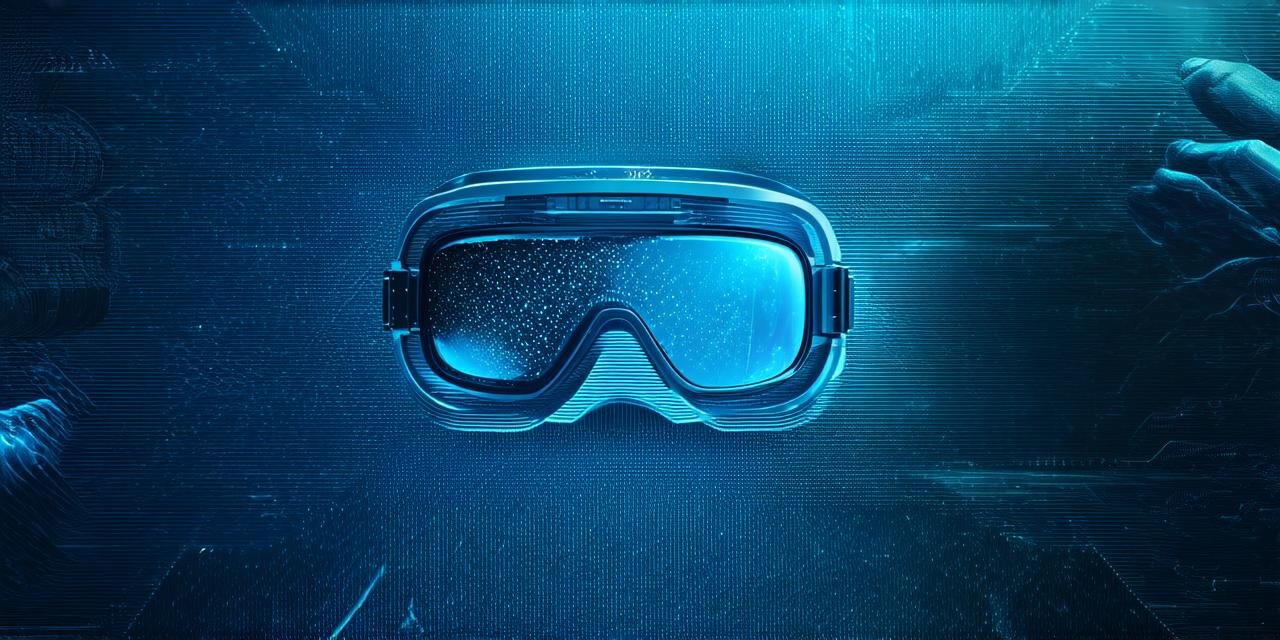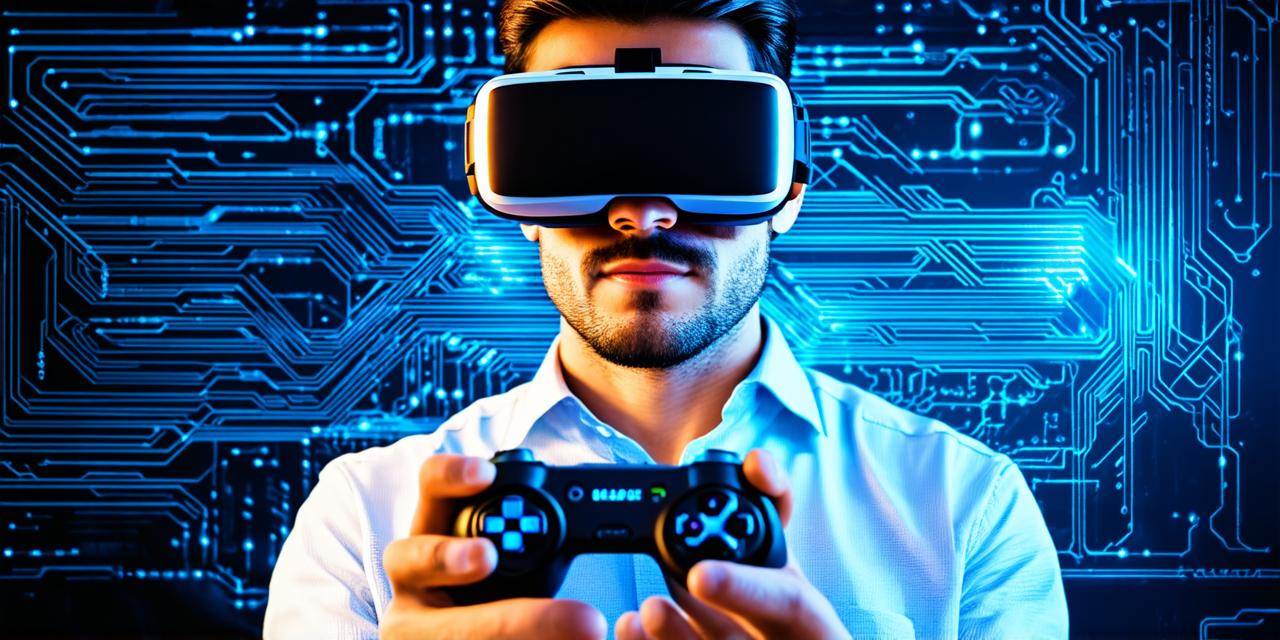Mixed reality (MR) is a technology that combines elements of virtual reality (VR) and augmented reality (AR) to create an immersive, interactive experience for users. While MR has been around for several years, it is only recently that it has started to gain significant attention from businesses, consumers, and researchers alike.
One of the key arguments against MR as a legitimate technology is that it is still in its early stages and lacks practical applications. However, there are many examples of MR being used in a variety of fields, including gaming, education, healthcare, and manufacturing.
For instance, MR is being used to create interactive training simulations for pilots, surgeons, and other professionals, as well as to enhance the design and production process in the automotive and aerospace industries.
Another argument against MR is that it is expensive and requires specialized equipment. While it is true that MR systems can be costly, there are also many affordable options available for both consumers and businesses.
For example, some smartphones and tablets now include AR features that allow users to experience MR without the need for additional hardware.
Furthermore, some critics argue that MR is not as effective as VR or AR in terms of immersion and interaction. However, research has shown that MR can offer a more natural and intuitive way of interacting with virtual objects, which can lead to better engagement and retention of information.
In conclusion, mixed reality is a legitimate technology with many practical applications across various industries. While it may still be in its early stages, the potential benefits of MR are significant and it will continue to grow and evolve as more advancements are made in the field.



